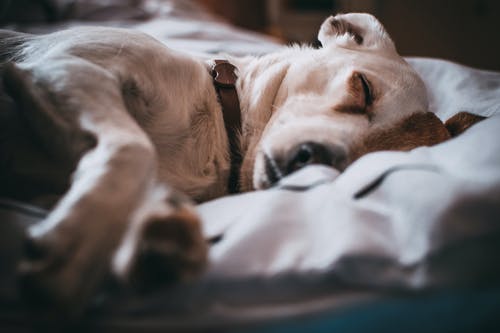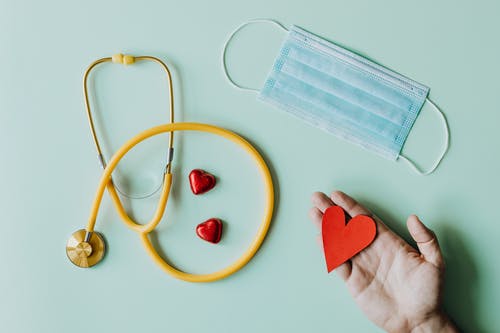When it comes to keeping good health, the importance of a well-balanced diet can not be overstated. A renal diet, additionally called a kidney-friendly diet, is particularly developed to aid manage and also prevent more complications for people with kidney diseas keto burne. This helpful guide will supply you with all the necessary details you require to learn about a kidney diet and also its advantages.
A kidney diet regimen is tailored to satisfy the distinct nutritional demands of people with kidney disease. The kidneys play a crucial duty in filtering waste as well as excess liquids from the blood. Nonetheless, when kidneys are impaired, they struggle to perform this feature properly. A kidney diet regimen aims to decrease the work on the kidneys, aiding to preserve their function and also stop more damages.
The Objectives of a Kidney Diet plan
The primary objectives of a renal diet regimen are to keep a balance of vital nutrients, control liquid consumption, and take care of the degrees of certain minerals in the body. By attaining these goals, a renal diet regimen can help slow the progression of kidney condition, minimize the danger of difficulties, as well as enhance general well-being.
Right here are the crucial objectives of a renal diet:
- Controlling Protein Consumption: Protein is a crucial nutrient for the body, however excessive intake can stress the kidneys. A kidney diet supplies an ideal quantity of premium protein to minimize tension on the kidneys.
- Regulating Sodium Consumption: Sodium can cause fluid retention as well as hypertension, both of which can negatively impact kidney function. A kidney diet regimen restricts sodium intake to preserve fluid equilibrium and also promote cardiovascular health and wellness.
- Managing Fluid Intake: People with kidney disease frequently require to limit their liquid intake to prevent liquid overload. A renal diet plan supplies useful approaches to aid individuals manage their liquid consumption while remaining hydrated.
- Checking Potassium as well as Phosphorus Degrees: Kidneys assist regulate the levels of potassium as well as phosphorus in the blood. When kidneys are compromised, it can bring about inequalities. A renal diet assists limit the consumption of foods high in potassium and phosphorus to stop problems.
Recommended Foods for a Renal Diet plan
While a kidney diet may seem restrictive, there donde comprar crystalix en bogota are still countless delicious and also nourishing alternatives readily available. The secret is to select foods that are reduced in salt, potassium, as well as phosphorus. Here are some advised foods for a kidney diet plan:
- Vegetables and fruits: Opt for fruits such as apples, berries, grapes, and pineapples, and veggies like broccoli, cabbage, carrots, and also peppers. These are normally low in potassium as well as phosphorus.
- Lean Healthy Proteins: Include skinless poultry, fish, eggs, as well as plant-based protein resources like tofu and beans. These are excellent sources of high-quality protein with reduced phosphorus content.
- Grains and Starches: Select entire grains such as rice, oats, and quinoa, in addition to bread, pasta, and also grains without added salt or phosphorus-based additives.
- Dairy products and also Alternatives: Select low-fat or skim milk products and also non-dairy choices like almond milk or soy milk. It is essential to choose items that are low in potassium and also phosphorus.
Foods to Limitation or Prevent
While particular foods are valuable for a renal diet plan, there are additionally foods that should be restricted or prevented to maintain kidney health and wellness. These include:
- High-Potassium Foods: Bananas, oranges, tomatoes, potatoes, and avocados are instances of foods that are high in potassium as well as must be limited.
- High-Phosphorus Foods: Dairy items, whole grains, nuts, and also soda pop beverages are high in phosphorus and also should be consumed in moderation.
- Processed Foods: These commonly have high levels of sodium and ingredients that can be unsafe to kidney health. It is necessary to check out food tags and also select low-sodium options.
- Salty Snacks and Seasonings: Chips, crackers, canned soups, and also certain spices can be high in sodium. Select low-sodium choices or seek alternate spices.
Talk to a Medical Care Specialist
It is crucial to seek advice from a health care specialist, such as a signed up dietitian, before making substantial nutritional changes. They can analyze your private needs, offer customized suggestions, as well as guide you in creating an appropriate kidney diet strategy.
Furthermore, it is necessary to keep in mind that a renal diet is just one element of taking care of kidney condition. Adhering to other medical guidance, such as taking proposed medications and participating in routine physical activity, is equally vital for total kidney health and wellness.
Verdict
A kidney diet is a vital component of managing kidney disease and promoting ideal kidney function. By complying with a renal diet plan, people can aid slow the development of kidney illness, lower issues, and also boost their overall well-being. Keep in mind to consult with a health care specialist to ensure that your renal diet regimen is tailored to your particular requirements and wellness problem.






